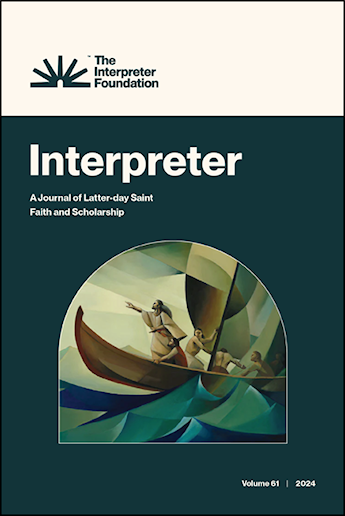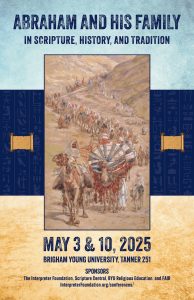[Page 229]Abstract: The name Jacob (yaʿăqōb) means “may he [i.e., God] protect,” or “he has protected.” As a hypocoristic masculine volitive verbal form,1 it is a kind of blessing upon, or prayer on behalf of the one so named that he will receive divine protection and safety (cf. Deuteronomy 33:28). Textual evidence from Nephi’s writings suggests that his brother Jacob’s protection was a primary concern of their parents, Lehi and Sariah. Lehi saw Nephi as the specific means of divine protection for Jacob, his “first born in the wilderness.” Moreover, the term “protector” is used twice in LDS scripture, in both instances by Jacob himself (2 Nephi 6:2; Jacob 1:10), this in reference to Nephi, who became the “great protector” of the Nephites in general and Jacob in particular. All of the foregoing is to be understood against the backdrop of the patriarch Jacob’s biography. Lehi, Nephi, Jacob, and Enos all expressed their redemption in terms reminiscent of their ancestor Jacob’s being “redeemed … from all evil,” a process which included Jacob “wrestling” a divine “man” and preparing him to be reconciled to his estranged brother by an atoning “embrace.” Mormon employed the biblical literary etymology of the name Jacob, in the terms “supplant,” “usurp,” or “rob” as a basis for Lamanite accusations that Nephites had usurped them or “robbed” them of their birthright. Mormon, aware of the high irony, shows that the Gadianton [Gaddianton] robbers take up the same polemic. The faithful Lehites, many of whom were descendants of two Jacobs, prayed “May the God of Abraham, and the God of Isaac, and the God of Jacob, protect this people in righteousness, so long as they shall call on the name of their God for protection” (3 Nephi 4:30). By and large, they enjoyed the God of Jacob’s protection until they ceased to call upon their true protector for it.
Continue reading →



 Welcome to Interpreter: A Journal of Latter-day Saint Faith and Scholarship, the peer-reviewed journal of The Interpreter Foundation, a nonprofit, independent, educational organization focused on the scriptures of The Church of Jesus Christ of Latter-day Saints. Non-print versions of our journal are available free of charge, with our goal to increase understanding of scripture. Our latest papers can be found below.
Welcome to Interpreter: A Journal of Latter-day Saint Faith and Scholarship, the peer-reviewed journal of The Interpreter Foundation, a nonprofit, independent, educational organization focused on the scriptures of The Church of Jesus Christ of Latter-day Saints. Non-print versions of our journal are available free of charge, with our goal to increase understanding of scripture. Our latest papers can be found below. 
 Video and audio recordings are now available
Video and audio recordings are now available